Regulatory Support and Incentives
The Molten Salt Battery Market benefits from increasing regulatory support and incentives aimed at promoting sustainable energy solutions. Governments are implementing policies that encourage the adoption of renewable energy technologies, including molten salt batteries. For example, tax credits and subsidies for energy storage systems are becoming more prevalent, which could enhance the financial viability of these technologies. Additionally, regulations mandating reductions in carbon emissions are driving industries to seek cleaner alternatives, further propelling the demand for molten salt batteries. As regulatory frameworks evolve, they may create a more favorable environment for the Molten Salt Battery Market, potentially leading to accelerated growth and innovation in energy storage solutions.
Growing Demand for Renewable Energy
The Molten Salt Battery Market is poised for growth due to the increasing demand for renewable energy sources. As countries strive to meet their energy needs sustainably, the integration of renewable energy systems, such as solar and wind, is becoming more prevalent. Molten salt batteries offer a viable solution for energy storage, allowing for the efficient capture and utilization of renewable energy. According to recent estimates, the energy storage market is projected to reach USD 200 billion by 2026, with molten salt batteries playing a crucial role in this expansion. This growing demand for renewable energy solutions is likely to drive investments in the Molten Salt Battery Market, fostering innovation and enhancing market competitiveness.
Cost-Effectiveness and Economic Viability
The Molten Salt Battery Market is increasingly recognized for its cost-effectiveness and economic viability. Compared to conventional battery technologies, molten salt batteries offer a longer lifespan and lower maintenance costs, which can significantly reduce the total cost of ownership. Recent analyses suggest that the levelized cost of energy storage for molten salt batteries is becoming increasingly competitive, making them an attractive option for large-scale energy storage applications. This economic advantage is likely to encourage more industries to adopt molten salt battery technology, thereby expanding the market. As the demand for affordable energy storage solutions continues to rise, the Molten Salt Battery Market may experience substantial growth driven by its cost-effective nature.
Technological Advancements in Energy Storage
The Molten Salt Battery Market is experiencing a surge in technological advancements that enhance energy storage capabilities. Innovations in materials and design are leading to batteries with improved efficiency and longevity. For instance, recent developments in thermal energy storage systems have shown that molten salt batteries can store energy at a lower cost compared to traditional lithium-ion batteries. This shift is likely to attract investments, as companies seek to capitalize on the potential for lower operational costs. Furthermore, advancements in heat management systems are enabling these batteries to operate effectively in a wider range of temperatures, thereby expanding their applicability across various sectors. As technology continues to evolve, the Molten Salt Battery Market may witness a significant transformation, potentially leading to increased adoption rates and market growth.
Increased Investment in Energy Storage Solutions
The Molten Salt Battery Market is witnessing a notable increase in investment directed towards energy storage solutions. Investors are recognizing the potential of molten salt batteries as a reliable and efficient means of energy storage, particularly in the context of fluctuating energy supply from renewable sources. Recent funding trends indicate that venture capital and private equity are increasingly flowing into companies specializing in molten salt technology. This influx of capital is likely to accelerate research and development efforts, leading to enhanced product offerings and market expansion. As investment continues to grow, the Molten Salt Battery Market may benefit from innovations that improve performance and reduce costs, further solidifying its position in the energy storage landscape.


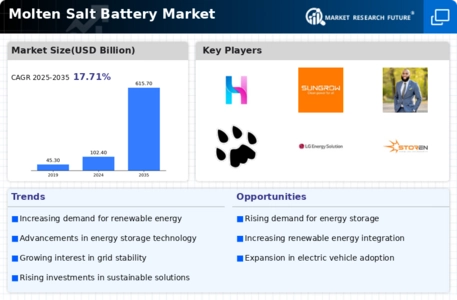
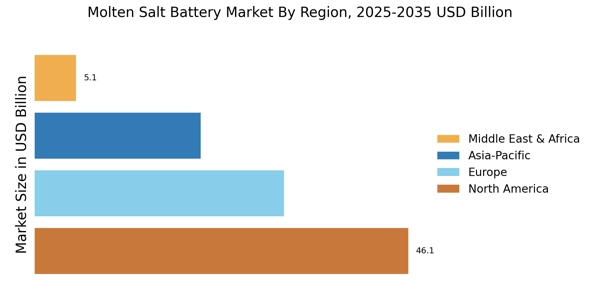

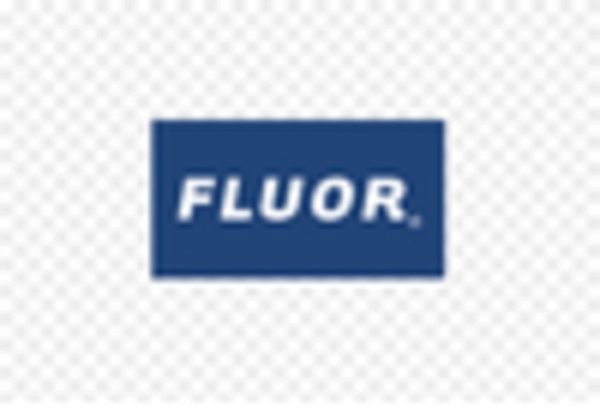

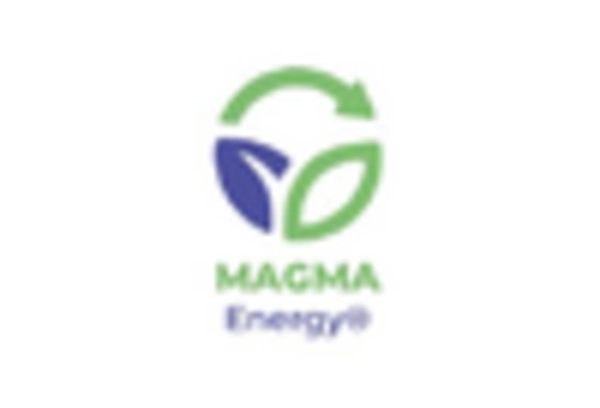
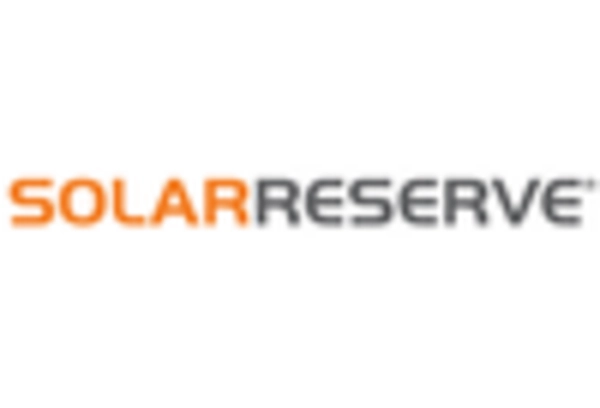
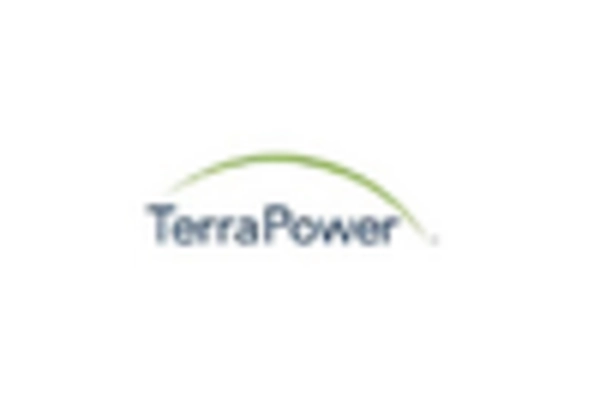








Leave a Comment